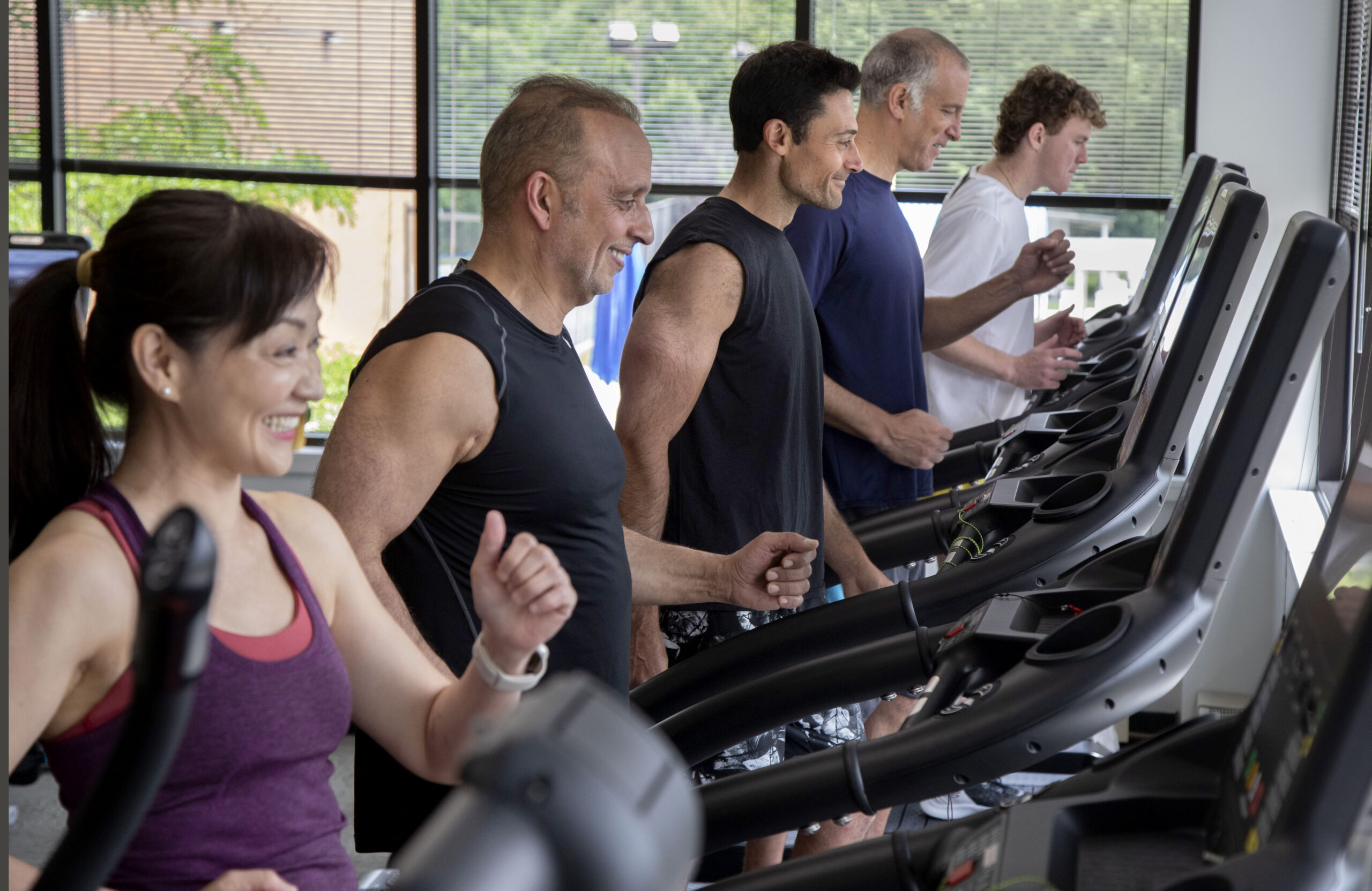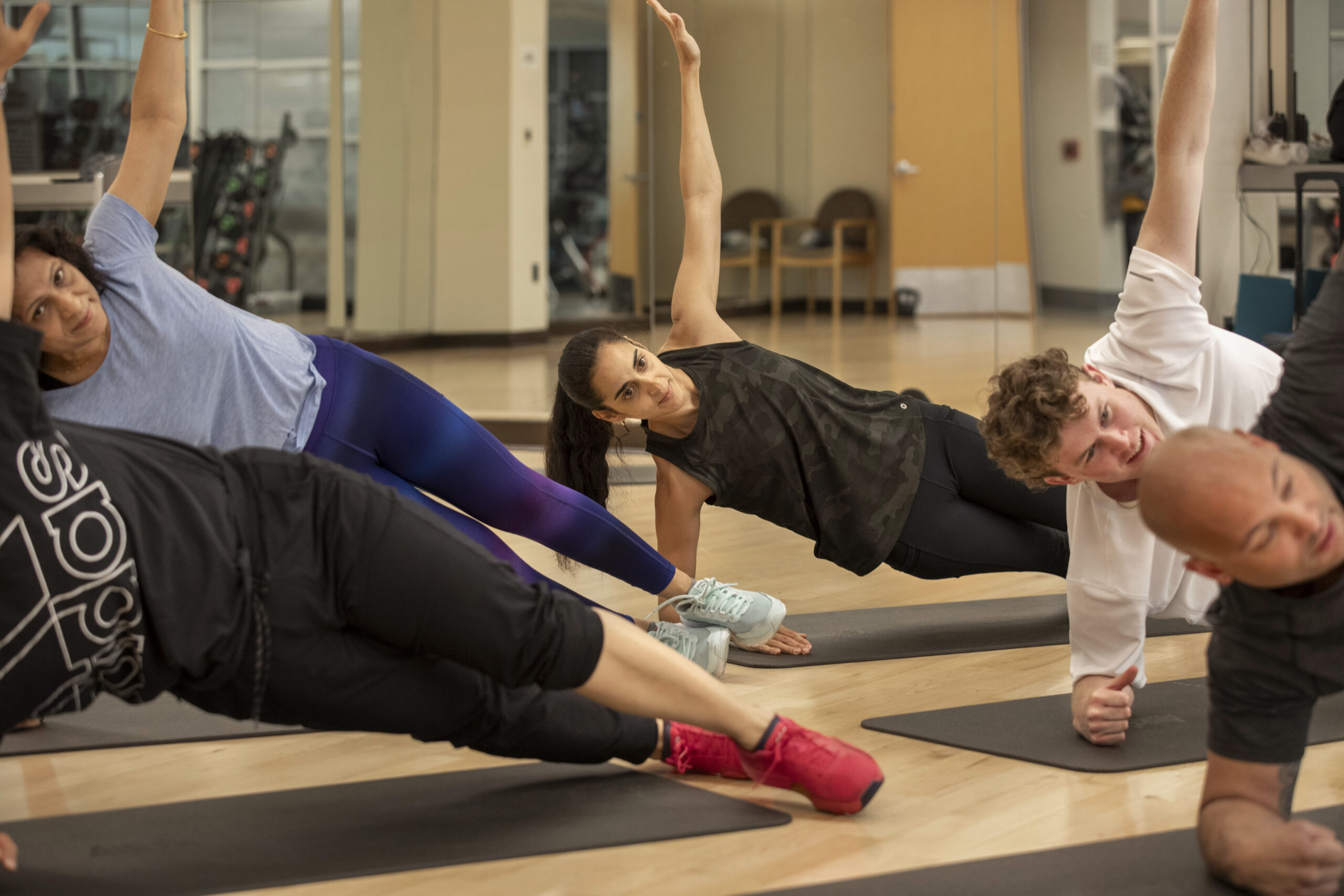Strength Training for Runners – a Necessity to Reduce Injury and Recover Faster!

Runners run. That’s what we do.
We create or find plans that allow us to pile up the miles and do our work under the assumption (not inaccurate) that in order to get better at running we have to RUN. Seems pretty simple, and in fact for the most part it’s a pretty good paradigm under which to operate.
The tricky part often takes place during our recovery. For most, “recovery” is about rest, proper diet, & reduced (in intensity and volume) mileage. And yet the incident of injury for runners is high: as much as 20-80% within a one-year time frame (Van Gert et.al.: 2007). Broken down into Hours of Participation (HoP) the numbers are even more alarming: 2.5-12.1 injuries per 1000 HoP, skyrocketing to 17.8 among novice runners (Mechelen et al 1992).
Ok, so what to do with this information? Well, if you’re a fitness pro (or just curious), you delve a little deeper to find out what might be the cause of these incidents of injury. Fortunately, you don’t have to deep dive very far to find out that running is, in fact, a catabolic activity (meaning it’s exercise that breaks down muscle tissue through molecular activity). If we are not entirely mindful about our training, or cognizant of when our bodies are in deficit (which can result from many outside forces: lack of rest, bad diet, stress, over-exertion, etc…), injuries can occur, sometimes with alarming frequency.
This, of course, can seem rather depressing and frustrating, until you dive a little deeper into your information gathering and find what is an obvious and heartening answer: there is exercise that actually builds muscle tissue through like, though opposite processes, otherwise known as anabolic activity (no, not steroids, silly). Any type of exercise that promotes bone and muscle building falls under the auspice of anabolic exercise.
This brings me to the happy answer that runners seek when it comes to greatly reducing their injury time: Resistance Training is the best way to build back muscle tissue. Using weights against gravitational force has been shown time and time again to be the most effective way of building strength and, properly implemented, has a much lower incidence of injury than that of movement-based sport, while mitigating against future injury. Neat, right?
More to the point, we can drill down to focus on those exercises and ranges of motion that are specific to the actual movements involved in running motion. While a general all-around program is of consistent benefit to everyone, we can look at our posterior chain (all the muscles running down the back of our bodies), as the primary focus in our efforts to become stronger, less injured, and yes, faster runners.
What does a strength-based program for runners look like? Well, that’s a topic for a second blog post. Or you could just come and find me, as I am ALWAYS happy to discuss it (it’s disturbing). A lot of runners are fearful of what strength training might do to their bodies. Breathe easy, it’s all good stuff. In my next post, I will address some of these concerns, along with outlining the lifts and auxiliary exercises useful in building an effective run strength program. Or you could talk to me personally (hint, hint). Let’s get to work!

Jonathan Kline
JCC Personal Trainer. NASM certified personal trainer; USATF Level 1 Track and Field Coach; AFAA Certified Group Instructor


